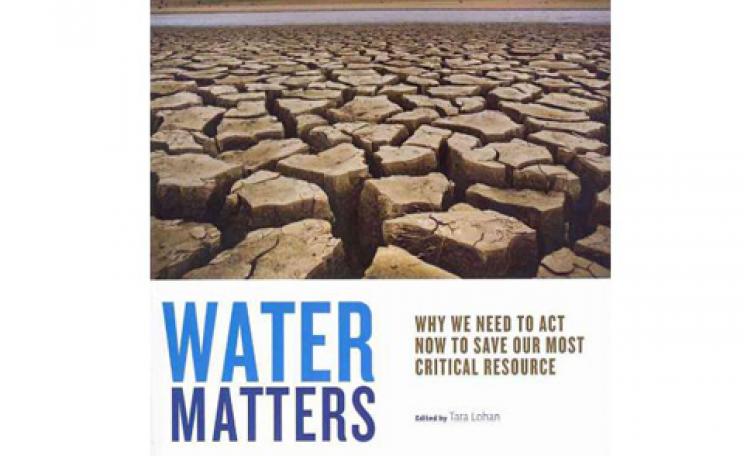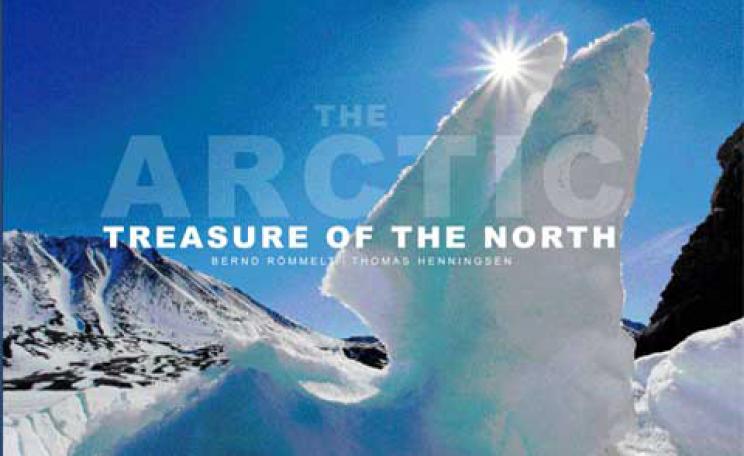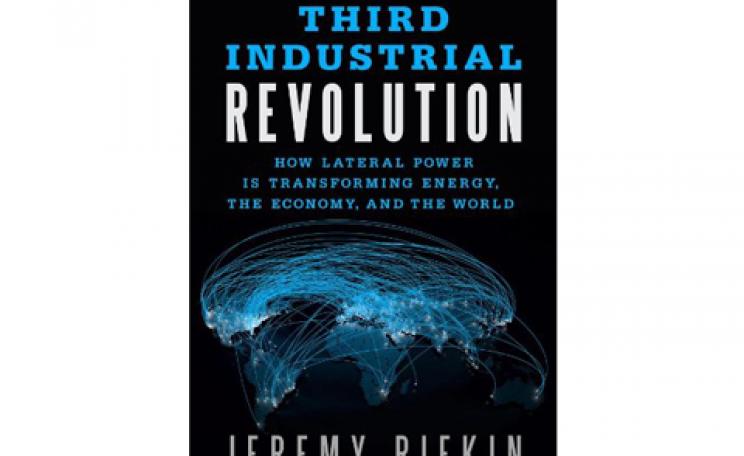That climate has been changing naturally for millions of years, isn’t in doubt. From the creeping glaciers of the Ice Age to the deluges that inspired myriad flood legends, Earth’s weather has never been anything but changeable. While humans and carbon emissions didn’t bring on changes to prehistoric weather systems; population pressures and energy consumption are having an undeniable effect on climate today. This is the issue that Lawrence Smith discusses in his book, The New North: The World in 2050. Shifting climate, as Smith informs us, is something we have had an impact on, yet in some ways, is beyond our control.
Smith’s work is based on four factors: demographics, demand for resources, globalisation and climate change. Each topic, and its role in the Smith’s predictions for the next 50 years, is well explained, and made crystal clear. You don’t have to be a sociologist to understand how the population booms in the developing world and the trend for increasing urbanisation have led to a greater strain on the natural world. Nor do you have to be a climatologist to comprehend how melting Artic ice packs will gradually expose new commercial channels and carbon resource caches in the north. You don’t even have to be a political scientist to see that increased competition between northern nations (including the UK, USA, Russia and Denmark) over this newly thawed region is likely. That increasing global consumption will lead to rising demand for the north’s precious resources in the coming decades seems only logical. Accessibility is key to Smith’s argument. It doesn’t even matter if the specifics don’t pan out. Many of his contentions about the issues we will have to face bear a practical logic and an undeniable feasibility, and you don’t need to be an environmentalist to appreciate them.
One of Smith’s great strengths is that, despite the eco overtones, he takes time to examine the multiple facets of the issues he presents. He discusses the limitations of carbon-free energy, the advantages of nuclear power and the emerging strategic importance of the earth’s Polar region. Smith’s pragmatic, well-rounded approach adds weight to his arguments. To give an example, Smith talks about the pressure being placed on water supplies as a result of the fast increasing global population. He explores the strategic privatisation of reservoirs by private corporations as one potential result of this. He acknowledges that privatisation might be positive for struggling populations in the developing world and concedes that: ‘’the benefit of this water privatisation frenzy is the expansion of modern water treatment and distribution facilities into impoverished places that desperately need them.’ Yet, at the same time, Smith points out that ‘something does feel creepy about transferring control of life’s most basic requirement - clean drinking water’ to ‘corporations whose fiduciary responsibility lies first and foremost with their shareholders.’ The arguments are multi-dimensional and Smith provides a reflective, multi-dimensional critique.
But excellent analysis aside, to some extent Smith’s account feels less like a debate and more like a presentation of scientific information to the reader; asking us to make of it what we will. The true beauty of making this book as accessible and feasible as he does, is that everyone can read it and that’s precisely what he’s after. With global patterns out of our control, the central point Smith makes is that what we do control is our behaviour and its effects. As Smith argues, the greatest variable regarding the shape of the future is us and the choices we make. He is challenging and empowering the reader at the same time. He asks at the end ‘what kind of world do we want?’ Reading this book is a good place to start.
| READ MORE... | |
 |
REVIEW The Wisdom of Sustainability: Buddhist Economics for the 21st Century Combining a detailed dissection of our unsustainable economy with an introduction to Buddhism, Sulak Sivaraksa’s economic vision provides an alternative to globalisation |
 |
REVIEW Climate, Culture, Change: Inuit and Western Dialogues with a Warming North In his fascinating account of the dialogue on climate change between Western and Inuit voices, Timothy B. Leduc argues that it’s time to start paying attention to the ecological wisdom of native peoples because it might just hold the key to halting global warming |
 |
REVIEW Greenland, at the National Theatre ‘When you see smoke coming from under the door, but nobody does anything about it, you start to believe the majority. Even if the house is on fire, we do nothing.' |
 |
REVIEW Arctic by Bruce Parry Part travelogue, part lament for a threatened way of life, Ruth Styles says that Bruce Parry’s latest book, Arctic, shows us exactly what we stand to lose if global warming isn’t stopped - today |
 |
REVIEW Earth: art of a changing world This eco-orientated exhibition at the Royal Academy of Arts features art by the likes of Tracy Emin and Anthony Gormley |








